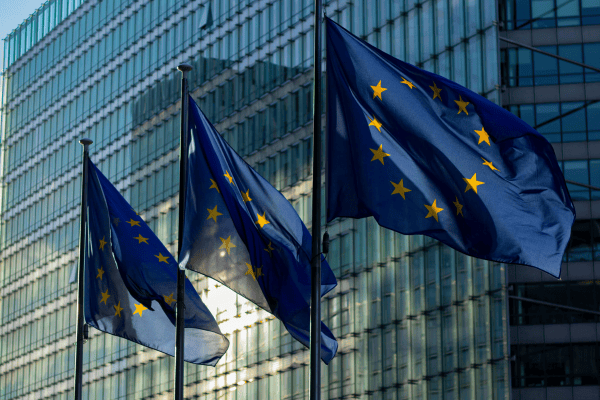

In a rapidly evolving global trade landscape, the European Union stands at a pivotal juncture. Amidst geopolitical tensions and economic uncertainties, the EU’s strategies and partnerships are becoming increasingly significant in shaping the future outlook of global trade. Efforts are underway to integrate sustainability with long-term value creation, and the EU’s vibrant aspirations are mirrored in its endeavors to foster alliances and redefine trade agreements.
The EU’s attempt to reorient its trade strategies mirrors a broader commitment to enhancing sustainability across its economic activities. This approach reflects a profound understanding that sustainability is not merely rooted in values but is central to long-term value creation and competitiveness on a global scale. As discussions unfold around the EU’s Omnibus proposal, questions arise regarding its efficacy in catering to the strategic interests of investors focused on sustainable growth.
In particular, the EU finds itself at a crossroads, as highlighted by industry leaders such as BMW’s Frank Niederländer. The pressing question revolves not around the continuity of globalization but around the leadership and terms governing it. With shifting geopolitical currents, the EU recognizes an opportunity to pave the way for a cohesive global trade agenda. There lies a sincere ambition to lead by setting a template for rules-based trade, which could act as a stabilizing force amidst global economic turbulence.
Ursula von der Leyen’s strategic outlook further elaborates on this vision, as she encourages EU alignment with a 12-nation Pacific trade group. Such an initiative could generate a new platform advocating for rules-based trade, potentially broadening the EU’s influence across the Asia-Pacific region. This reflects a pragmatic pivot towards Asia, seeking deeper engagements that resonate with current economic realities and future potential. It aligns with the EU’s growing strategic emphasis on the Indo-Pacific as a region of shared interests and mutual benefits.
The EU’s focus on innovative trade partnerships coincides with global shifts, such as the anticipated changes in US-Australia trade dynamics. Australian Prime Minister Anthony Albanese voices optimism towards eliminating lingering tariffs imposed by the previous US administration, hopeful for renewed trade relations devoid of constraints. This sentiment resonates with broader efforts to rejuvenate partnerships underpinned by shared values and economic prosperity.
In parallel, the UK embarks on its renewed journey with the US, inaugurating a trade deal symbolic of strengthened transatlantic ties. An anticipated boost in automotive exports, driven by the popularity of British marques such as Minis and Aston Martins, marks a new chapter in UK-US economic collaboration. However, this enthusiasm is tempered by concerns among British farmers, who feel sidelined and apprehensive about their own interests in the expansive scope of trade negotiations.
Further examination of the EU’s regional ambitions highlights Italy’s intriguing proposal of a €13.5 billion bridge to Sicily. While promoted as a strategic project aligning with NATO objectives, it remains a point of debate regarding its genuine contribution to broader military and infrastructural goals. Such projects embody a vision of strategic connectivity, interlinking regions while advancing domestic economic goals.
As the EU continues navigating through the intricate web of global trade dynamics, its strategic focus embraces sustainability, partnership, and innovation as cornerstones of future policy. By harmonizing internal objectives with external opportunities, the EU strives to foster a resilient future, filled with sustainable prosperity and balanced growth.
Source: {link}
